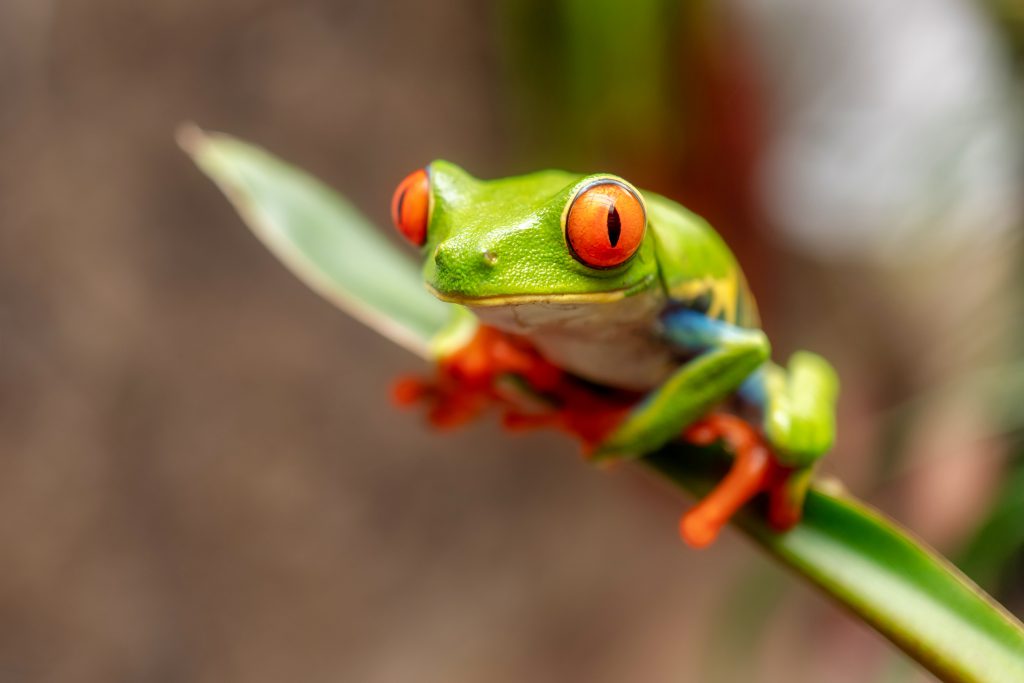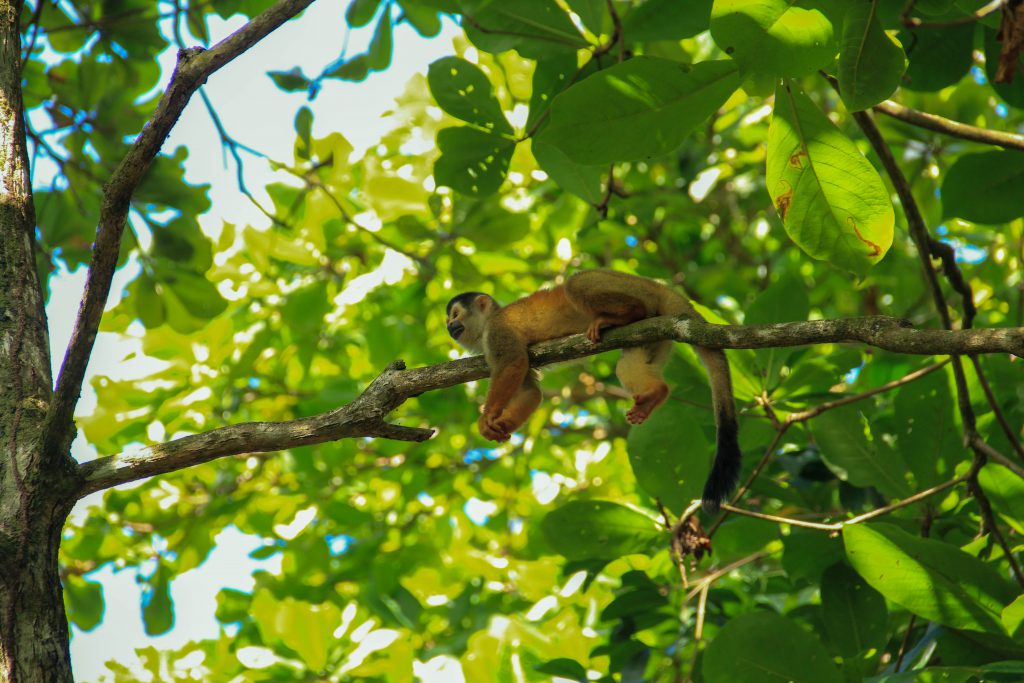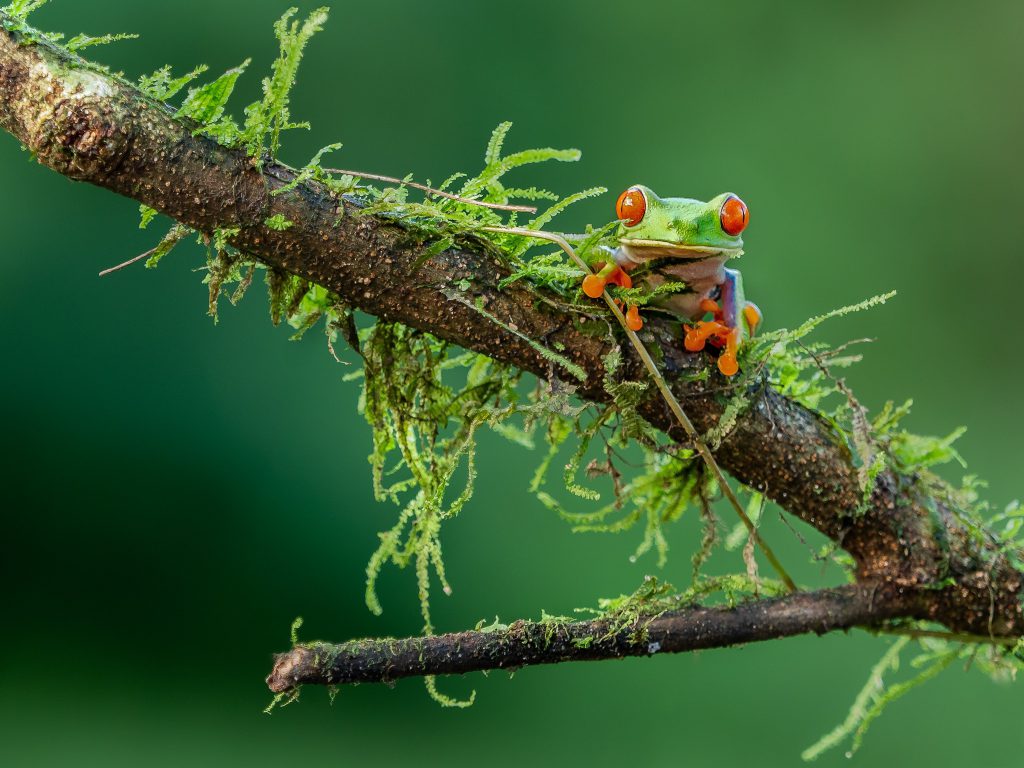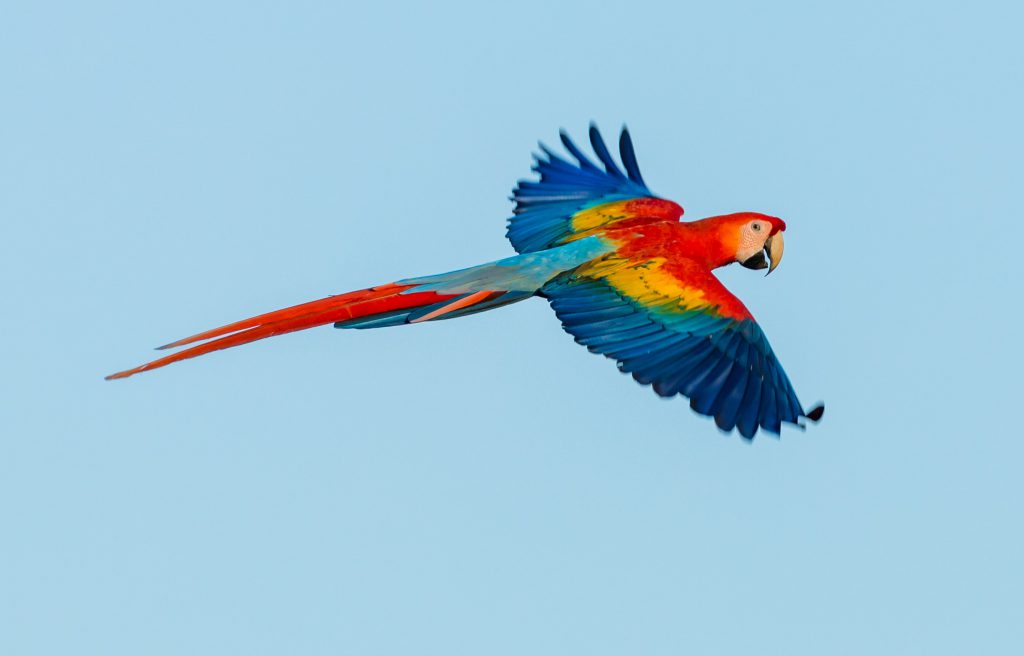Costa Rica is home to a total of 5% of the world’s biodiversity

Within the small country of Costa Rice over a quarter of the land is dedicated to conservation to protect the wide array of wildlife that calls this country home. 275 hectares of natural rainforest surrounds our farm, creating a habitat for some of the amazing wildlife. This is why we focus so heavily on sustainability – to protect our delicate country and the animals that call it home. In honor of World Wildlife Day on March 3rd here are some fun facts about a few of our favorite Costa Rican Natives!
Monkeys

The dense forests of Costa Rica are home to 4 different species of monkeys. The different species are easily identifiable by their unique features. Monkeys are one of the most common mammals in Costa Rica – next to bats. They can often be seen climbing around in the trees that border our farm!
Monkey Quick Facts:
- The four common species are the Howler, Spider, White-Faced and Squirrel.
- Spider monkeys are very smart, and are regularly seen making use of tools.
- The cries of a howler monkey can carry as far as 3 miles in even the densest jungles.
Tree Frogs

The 43 native species of tree frogs in Costa Rica differ in their variety of colors and sizes. Some of which are even poisonous. Most of the species are only active at night to avoid dehydration from the sun. Along with their differing appearances, they all have very iconic sounds that can be heard ringing through the rainforest.
Tree Frog Quick Facts:
- The poison dart frog can live for 5-6 years
- The Red Eyed Tree Frog relies on camouflage for safety from it’s predators.
- There are thirteen species of glass tree frogs in Costa Rica
- The dart frogs are active throughout the daylight hours, avoiding the sunlight.
Scarlet Macaw

The Scarlet Macaw is one of the most iconic birds of the tropical forests. They fill the forests of Costa Rica with their loud vocalizations. Sadly this beautiful creature’s population is rapidly decreasing due to habitat loss and poaching, leaving only a few thousand living in the wild. In 2019 the Scarlet Macaw was labeled endangered resulting in an abundance of conservation efforts. Since then their population has leveled out however, it is nowhere near what it should be.
Scarlet Macaw Quick Facts:
- Scarlet macaws are one of the largest macaw species, averaging 2.7 feet (33 inches) in length.
- Scarlet macaws communicate by emitting harsh “rrahhh” vocalizations that other birds can hear from several miles away.
- The bird’s strong beak is adapted to breaking hard nuts found in the rainforest.
For more information about Costa Rica, sustainability, and more, sign up for our newsletter today.
